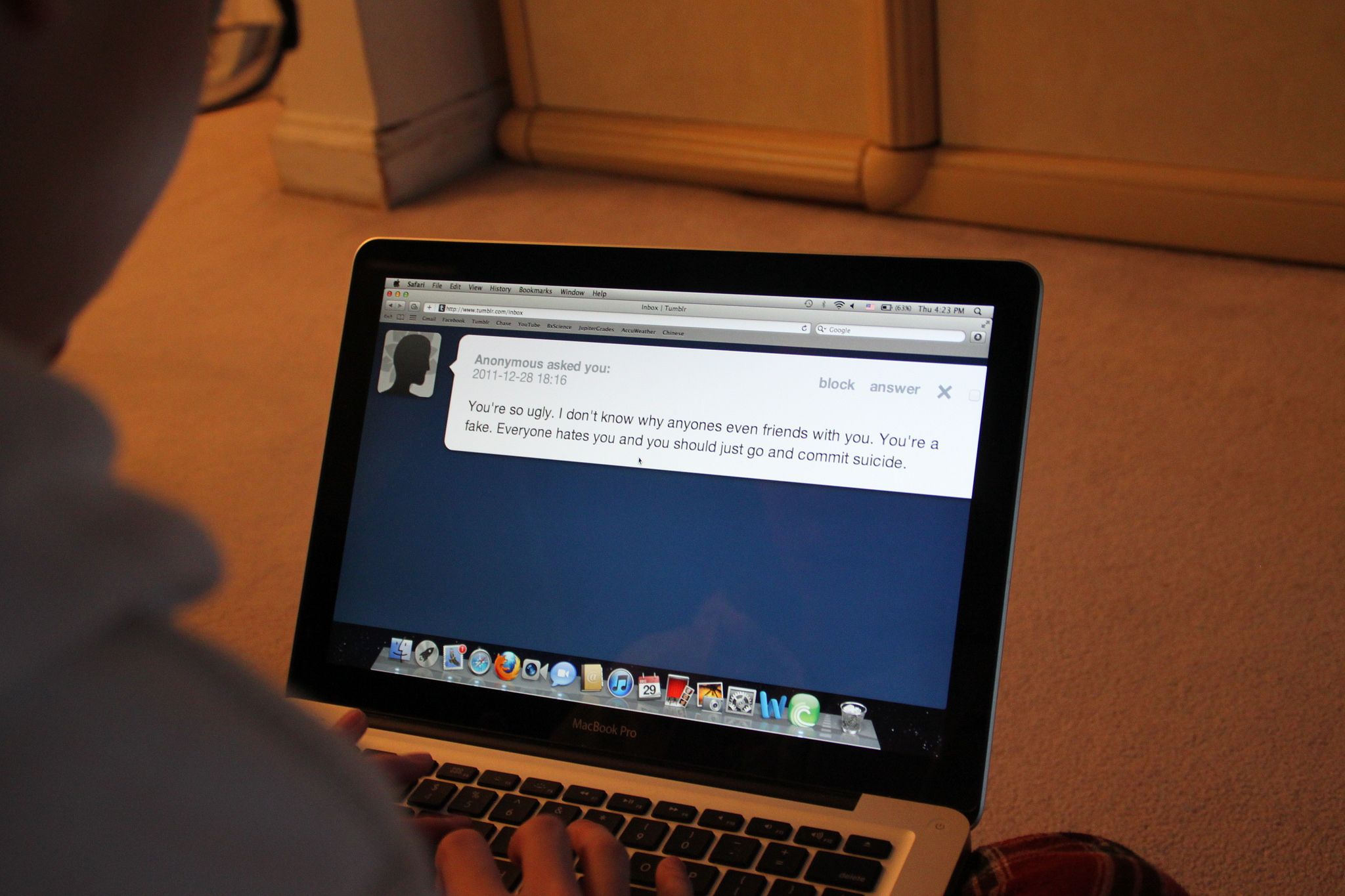Cyberbullying can feel overwhelming to young people, parents and professionals, and it’s common to feel helpless or like there’s nothing in your control to deal with the situation. It can be difficult to know when to seek help, and who to get help from. So let’s take a step-by-step look at when and how to escalate a cyberbullying problem.
Initial steps
If a teenager is the subject of hurtful comments or images posted online, the first steps they can take are:
- don’t respond to bullying behaviour
- keep evidence of bullying behaviour, via print outs or screen shots
- delete the offensive posts or messages once they’ve been documented
- untag or flag any photos for removal that are distressing
- unfriend or block the person that is posting hurtful comments
- set privacy settings and change any passwords that have been shared with others
What can schools and parents do to help?
The first thing anybody can do when a teenager says they’ve been cyberbullied is listen and be supportive. Cyberbullying is a serious issue that should not be trivialised.
- Talk to the teenager and try to get a clear picture about what has been happening and for how long it’s been going on.
- Support the young person emotionally and reassure them that it’s good they’ve spoken to someone about it.
- Role model staying calm when dealing with bullying. Remind them not to respond to bullying with aggression. Encourage them to call out the bullying behaviour in a calm manner. For example, ‘Please stop sending these messages – this is bullying’.
- Go through the initial steps listed above with them, making a plan to stop the abuse.
- Always involve the teenager in any decisions and action.
If the cyberbullying continues or intensifies, parents and schools should work together to reach a solution and consider bringing in other professional support or using some of the below channels.
Social media and mobile phone providers
Social media and mobile phone providers can be a resource to call on in the case of cyberbullying. Mobile phone providers can assist with tracking in the case of abusive texts or calls, and social media networks are able to delete, ban and block offensive content and in some case users.
eSafety Commissioner
A complaint can be made to the eSafety Commissioner by any young person aged less than 18 years, and any adult who is a parent or guardian to a young person. Complaints can be made via an online form on the eSafety Commissioner website.
Before making a complaint:
- Contact the social media provider and report the abuse, keep proof that you have done this and keep a note of the date that the report was filed.
- If the cyberbullying is occurring via text or email, take screenshots or keep the messages as evidence.
- Gather as much evidence as you can – screenshots, photos, videos and links
Making a complaint to the eSafety Commissioner is the best way to go if you have reported abuse to your social media provider and the offensive material hasn’t been removed within 48 hours.
Police
The police should be contacted in the case where the cyberbullying takes the form of intimidation and direct threats. They can help to track down the person doing the cyberbullying in the case it is anonymous.
If you’d like more information on cyberbullying including how to educate teenagers about the risks and what to do when somebody is doing the cyberbullying you can find more information at ReachOut Parents. ReachOut Parents is run by ReachOut, Australia’s leading online mental health organisation for young people and their parents. On this site you’ll find information, stories, practical tips and tools, including anonymous parent forums that cover a range of topics, issues and experiences relevant to teenagers aged 12–18 years.
– Annie Wylie
Photo Source: Flickr Images








I’m wondering whether this article should/could be called:
Addressing cyberbullying or Dealing with Cyberbullying or Escalating your response to cyberbullying. When I read the title I thought it meant increase cyberbullying or it was trying to be provocative. The content is actually good, the title is distracting.
Hi Martine,
That’s a good point – the title can be ambiguous. We will provide feedback to and check with the author.
Generation Next